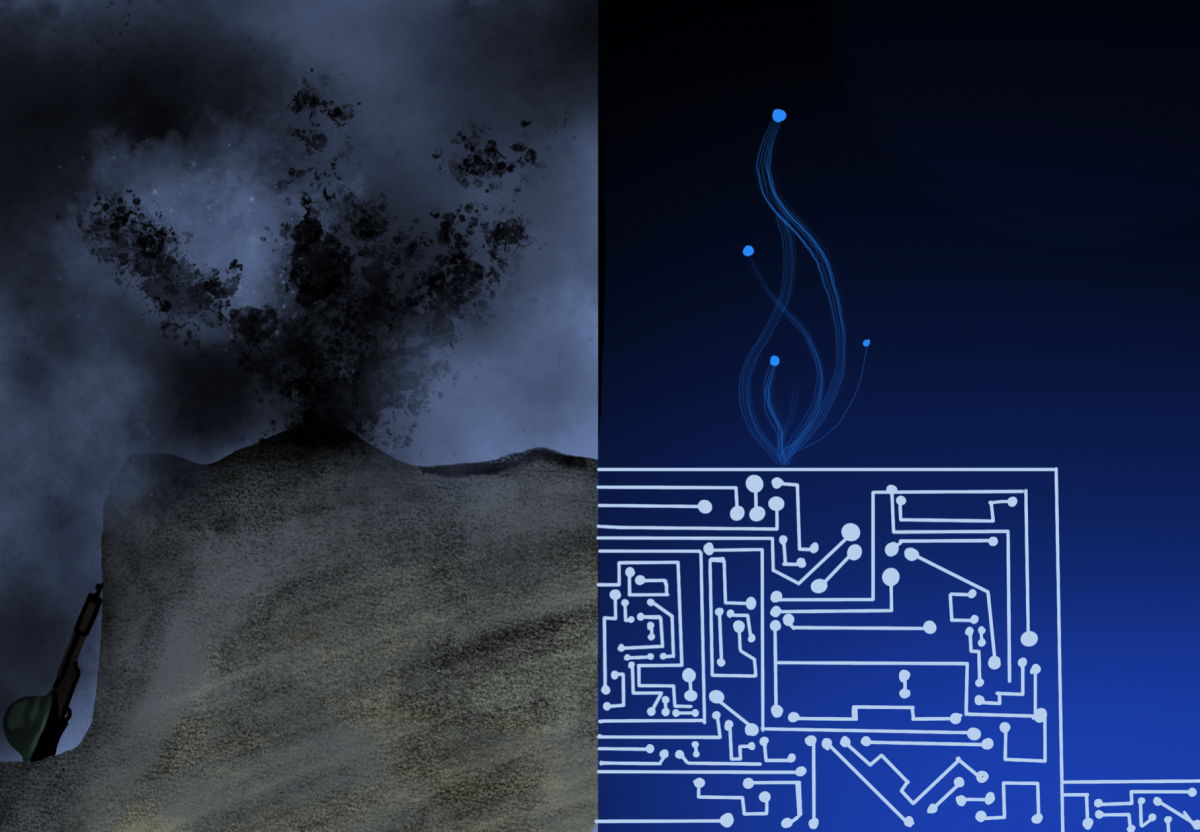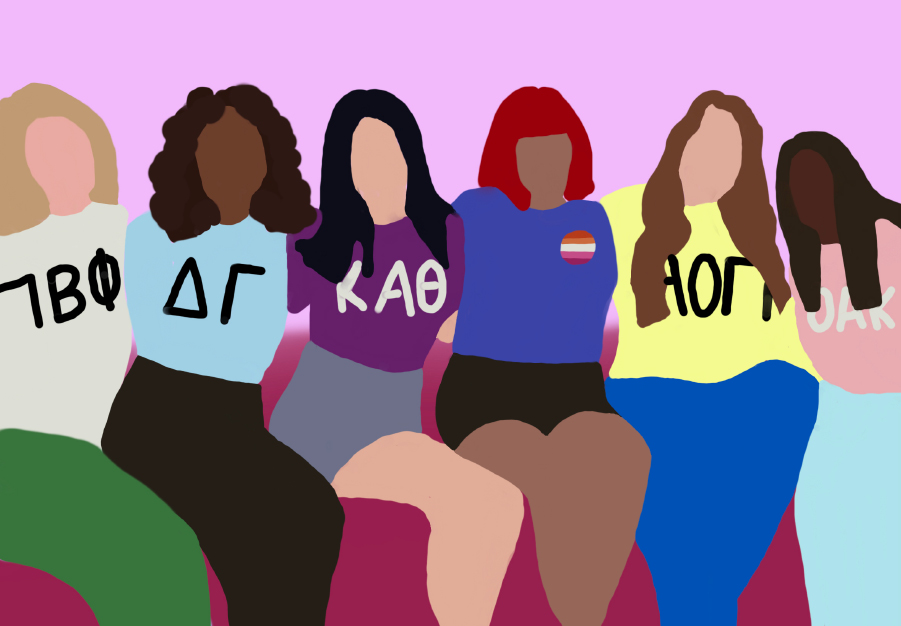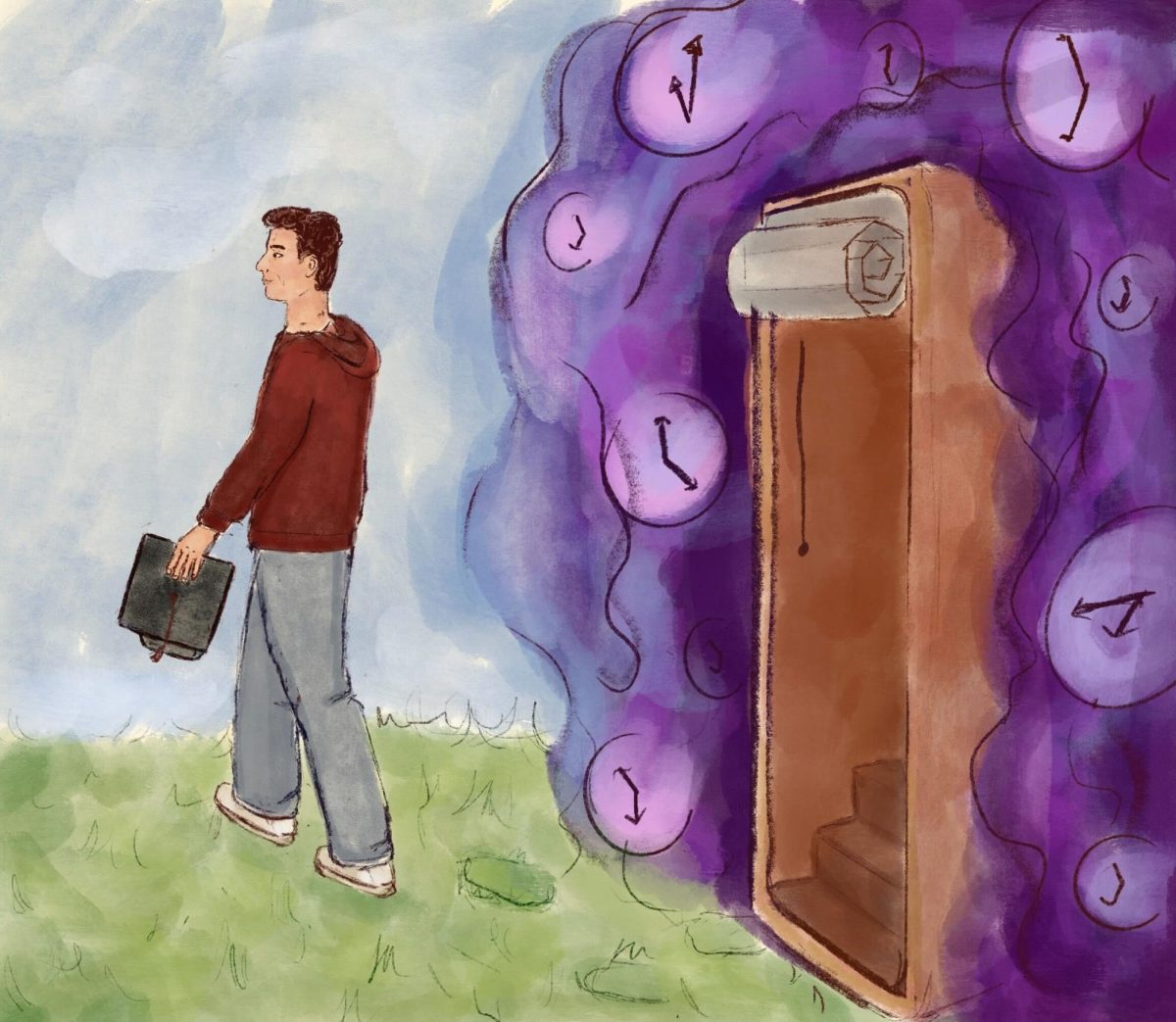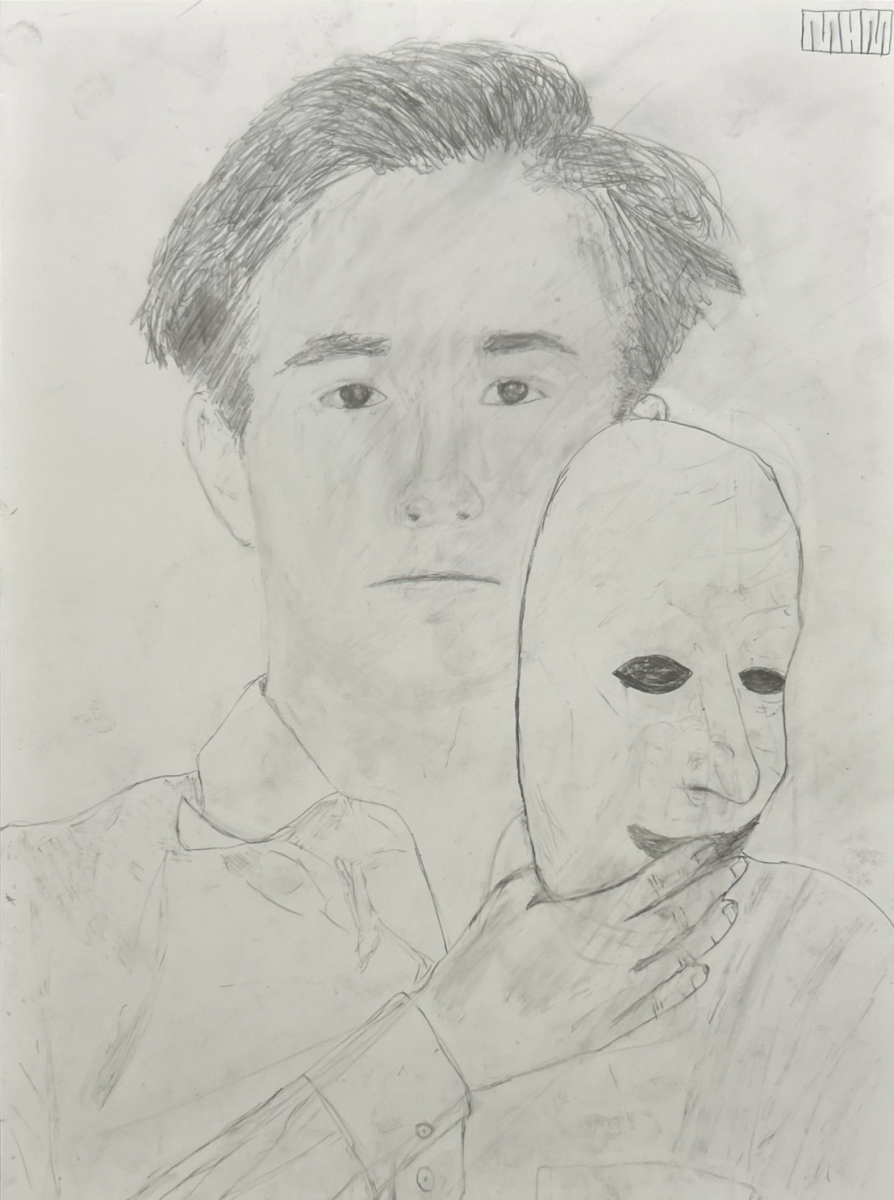Given the University of Chicago’s many graduate schools, coveted position in national university rankings, and ever-growing undergraduate population, nobody would mistake our A-1 research institution for a liberal arts college. And yet, the admissions office assures prospective students that UChicago offers the same small class sizes as its peers on the other U.S. News & World Report list.
“The Core is distinctive for its small, Socratic-style classes capped at a maximum of 19 students where learning takes place through discussion based primary texts,” promises the ‘Academics’ section of the University of Chicago College Admissions webpage. After finishing my first year at the College, I can’t help but chuckle at this.
It’s true that Core Humanities, Civilization, and Social Sciences classes at the College are primarily taught in small discussion groups (although half of the classes for my HUM core, Language and the Human, were large lectures taught by rotating professors). Classes in the other Core subjects, however, adhere to no such standard. According to my.UChicago, the Winter 2020 general core biology courses are capped at 32 to 48 students, whereas specialty core bio classes like Biological Evolution and Metabolism and Nutrition enroll closer to 90 undergraduates. The physical science core classes similarly exceed the ‘19 student’ standard and quantitative courses range from the promised 19 students to 60 person cohorts.
At best, the language used by Admissions misrepresents the reality of class sizes at the College. The Admissions Office uses ‘The Core’ to refer only to non-STEM requirements in statements about class size, despite the fact that the Admissions Office elsewhere uses the title as a catchall for both STEM and humanistic sequences. At worst, it’s a willful obfuscation of the status quo of undergraduate education at UChicago. The Office of Admissions should honestly and responsibly represent UChicago’s undergraduate offerings to prospective students, because large class sizes and other necessary aspects of a research institution have a serious impact on the undergraduate experience.
The same Admissions site claims that the college process is really about “finding a college home that is a good fit for your personality and your plans.” That’s a noble goal, certainly, but they’re not helping applicants by misleadingly claiming that the “combination of a liberal arts college with a research university encourages rich faculty-student exchange in and out of the classroom.”
After all, enrollment doesn’t shrink after students finish much of the Core during their first year and move onto major courses. For example, the College enrolled 303 students in a single section of Organic Chemistry this fall. Lectures are livestreamed in an overflow classroom, because Kent 107, one of the largest halls on campus, can’t fit everyone. Even beyond class sizes, UChicago’s undergraduate education simply can’t match the intimacy of a liberal arts college with under 3,000 students, and it shouldn’t pretend to. A friend in an upper division biology course was taken aback this quarter when she learned that neither her professor nor her Teaching Assistant would offer office hours to students. Many introductory courses, particularly in mathematics, are taught by PhD students. Even when a class is taught by faculty, tasks like essay grading and providing feedback are often offloaded to graduate student TAs.
There are plenty of benefits to attending a research university—benefits that I’ve been fortunate to enjoy in my time here. There are wonderful research opportunities available to undergraduates as a result of the school’s resources, including many funded fellowships. The opportunity to network with researchers at professional schools is significant and graduate student instructors can provide meaningful insight into a particular phase of the academic career path. The size of our undergraduate population makes for a bustling campus community and enables large-scale peer-to-peer resources like Harper Tutors and the Peer Health Exchange.
But the downside to institutions like the University of Chicago is a loss in the quality of undergraduate classroom experience, by way of large class sizes, a lack of one-on-one guidance, and professors who are often too distracted by the demands of research to pay their students much attention. For many students, this trade-off is worth it: I know it was for me. But that won’t be true for every applicant and it’s important that the admissions office is honest in its representation of the College so that students can make the right choice for them. Instead of painting a false portrait of liberal arts bliss, the admissions office should focus on what’s great and true about UChicago.
Ruby Rorty is a second-year in the College.







